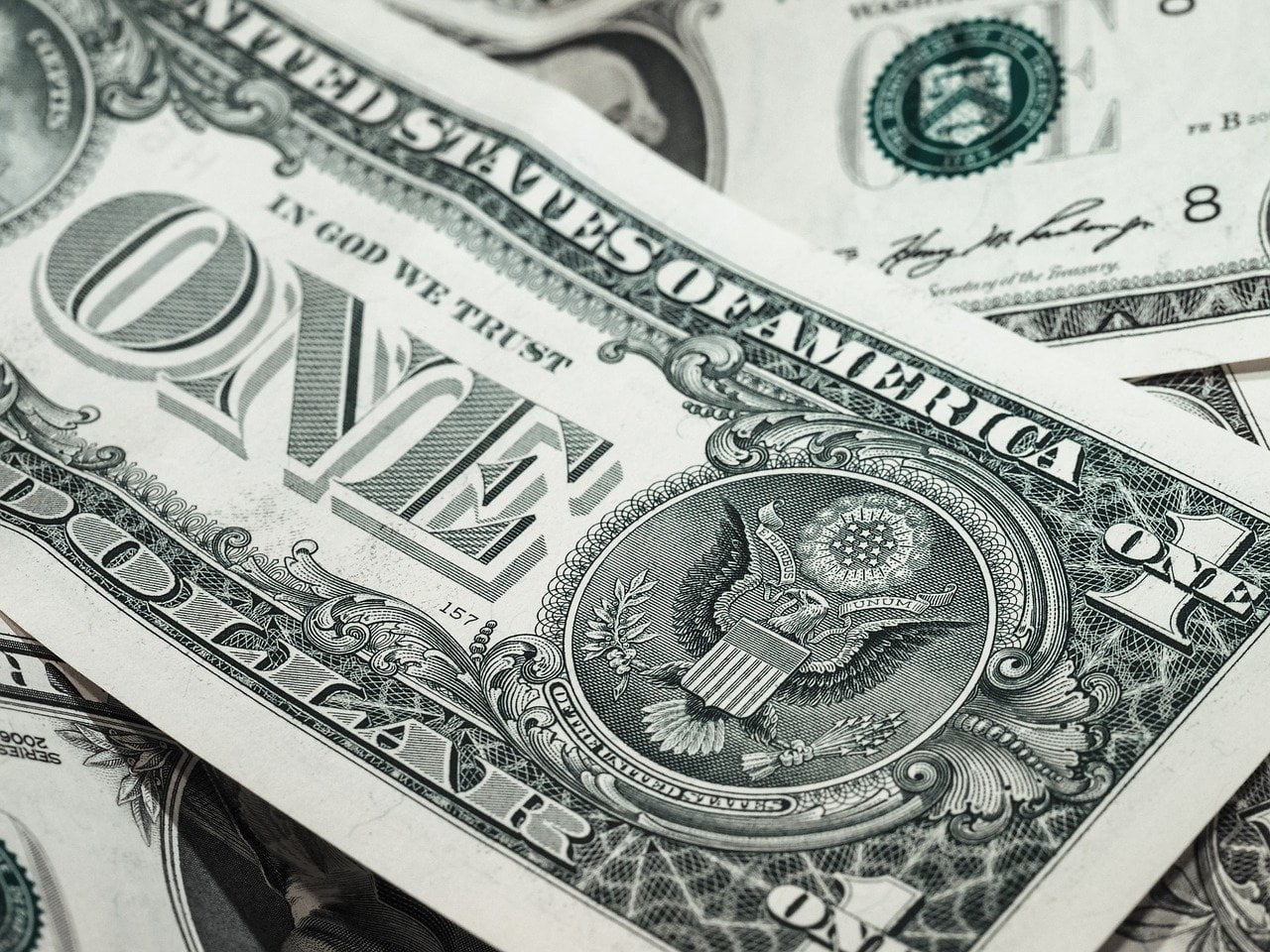Savings accounts are good to keep your money in a safe place, but they do not yield any gainings. Enter interest-bearing accounts, ones that make your money grow at specific interest rates, and are always a good option to prevent your money from stagnation and achieve your financial goals.
Either a money market account, or a high yield savings account, interest-bearing accounts allow you to deposit money in a bank account that “works for you,” regardless of you dealing with an online bank or brick-and-mortar.
What is an interest-bearing account
An interest-bearing account is a type of account designed to obtain profitability, higher than a savings account. In addition, the investment can be recovered at any time, without any penalty or commission.
Compared to other instruments that offer lower profitability –such as checking accounts and savings books– these accounts offer higher profitability and liquidity, especially in the first months. This makes them a good product to have.
Compared to a traditional deposit, whose interest is charged constantly throughout its life, the interest-bearing account usually has an initial period of 3 or 4 months with a fairly high interest rate.
3 Types of interest-bearing Accounts
There are several types of interest-bearing accounts that you can choose from. These are the ones that you need to know about.
High yield checking or savings account
According to Business Insider, a high-yield checking account is one that offers an annual percentage yield (APY) “that’s much higher than those offered by standard checking accounts, which usually offer no interest at all.”
The APY is at least 1%, but there are also ones that pay roughly 4%.
Similarly, a high-yield savings account is a type of savings account that usually pays 20 to 25 times the average of a regular savings account.
The main difference between high-yield savings accounts versus high-yield checking accounts is the access to your money. In a high-yield savings account, you can only withdraw up to six times every month. With a high-yield checking account, you have no withdrawal limit.
Money market account (MMA)
Money market accounts (MMA) –or a money market deposit account– are a type of interest-bearing accounts that pay you interest rates depending on the market conditions.
MMAs work like savings accounts as you can deposit and withdraw your money, albeit with a withdrawal and transfer limit by the bank.
According to Bank Rate, “High-rate money market accounts may pay a higher interest rate than traditional savings accounts, but their minimum deposit and balance requirements may be higher.”
Similar to a standard savings account, money market accounts at a bank are insured by the Federal Deposit Insurance Corporation (FDIC), while accounts at a credit union are insured by the National Union Credit Administration (NCUA).
Certificates of deposit (CDs)
A certificate of deposit (CD) is a specific type of savings account, also called “term deposits” –they are offered by banks or credit unions. Usually, you are required to keep your money in the CD for a specific term and any anticipated withdrawal will mean a penalty.
Once the time has elapsed you can redeem your certificate of deposit and claim the money you originally invested, plus any accrued interests.
According to Bank Rate, the best CD (APY) rates for October range from 0.55% to 0.75% depending on the account’s minimum balance requirement.

Fees to keep in mind
All these types of accounts incur monthly maintenance fees and other charges that you should keep in mind. The following are the ones to keep an eye on.
Account minimum fees
Account minimum fees refer to all charges you must pay if you don’t keep a minimum amount of money in your accounts.
Withdrawal fees
Depending on the account type, you could be charged a fee for every withdrawal you make. You would want to check the fee or penalty with your bank.
Maintenance fees
These are the fees that you should pay every month or year –depending on the terms and conditions set by your financial institution– to keep your account active.
Why You Should Use an interest-bearing Account
There are several advantages to having an interest-bearing account, depending on your personal finances and the goals you want to reach.
Emergency fund
Given the interest rates of an e.g. high yield online savings account –or any other type of interest-bearing account and its terms and conditions– you could let your money grow steadily and you can withdraw it in case of emergency.
Saving for a down payment
An interest-bearing account is also a good way to save money for a down payment. For example, to buy your first home.
Saving for vacations
With your interest-bearing account you can allocate some money and start saving for your holiday plans. Making a deposit in your bank account and waiting for your resources to grow at an interest rate will get you closer to the trip of your dreams.
Saving for a car
The same way you can use the money from your interest-bearing account for a house’s down payment, you can do so to buy a new car.

The benefits of interest-bearing accounts
First and foremost, they offer better returns than traditional savings or checking accounts. With an interest-bearing checking account, for example, you can have unlimited debit card use, have the convenience of online banking, as well as overdraft protection, and automatic payroll deductions.
Money market accounts, also, are often insured by the FDIC so your money will be protected to the maximum allowed by law.
FAQs
What is an interest-bearing checking account?
According to Ally, interest-bearing checking accounts are bank accounts that pay interest on your balance. They usually don’t pay as high a rate as a savings account, but checking accounts usually give you the most flexible access to your money.
Are interest-bearing checking accounts worth it?
The average interest rate of a standard checking account is usually 0.06% or less. On the other hand, a high yield account can offer you 0.5% or more. Also, they charge lower to no monthly fees.
Interest-bearing checking accounts also waive or refund ATM fees based on a limit established by your bank. “Credit unions may also allow you to visit their shared branches and ATMs within their network to reduce associated ATM fees.”
How does an interest-bearing account work?
In short, these accounts offer an economic return for depositing money. If you want to earn money with your savings without taking risks and have them whenever you need them, they are an alternative worth considering.
They give you the possibility to carry out usual operations such as direct debit receipts, payroll or make transfers, but also offer a return for keeping the money in the account.
Final Thoughts
In a situation as turbulent as the current one, interest-bearing accounts have become a solid alternative.
They are a banking instrument that offers more advantages than traditional checking and savings accounts, and are safer than any other investment product. Further, they offer maximum liquidity unlike time deposits, and maximum protection.
Choose the one that fits your requirements and start making your money grow with steadiness and low risks!












